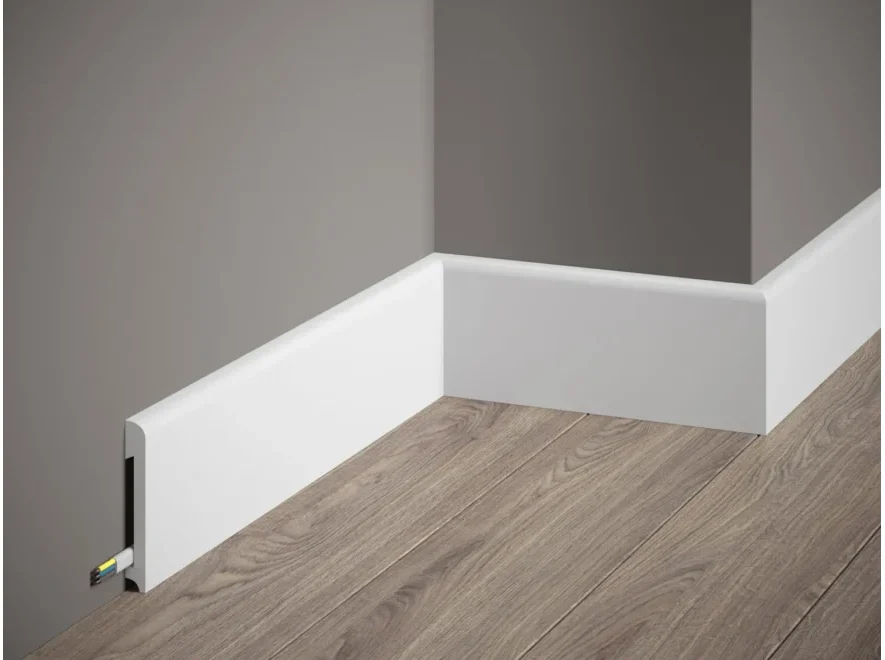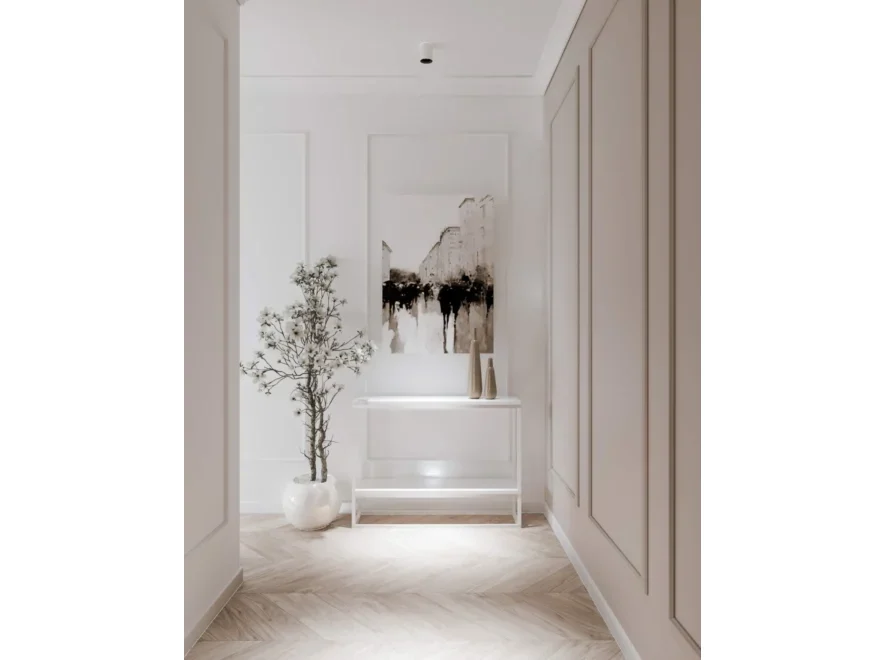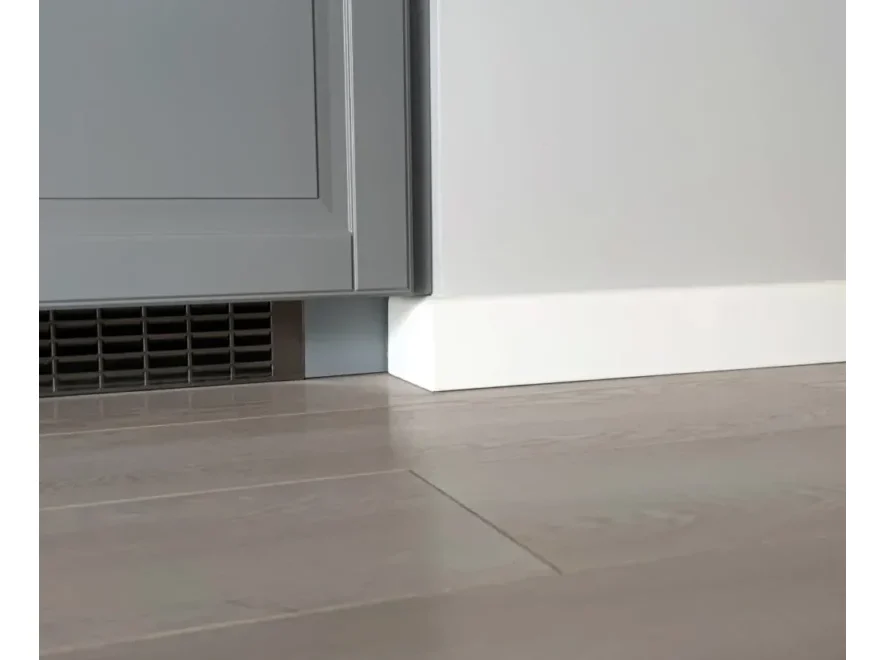Effectively hiding cables behind baseboards is a practical solution for achieving a clean and professional look in any room without extensive remodeling. By planning your cable routes in advance and choosing the right combination of techniques—such as grooving the back of the baseboard, using paintable cord channels, or mounting surface raceways—you can conceal wires neatly while maintaining code compliance and safety standards.
Essential tools include measuring tapes, routers or table saws for cutting grooves, adhesive-backed cord channels, and protective steel plates where required by the National Electrical Code (NEC).
Proper preparation—turning off power, marking the cable path, and removing baseboards carefully—sets the stage for a hassle-free installation.
Finally, painting and finishing touches, along with periodic inspections, will ensure that your hidden cables remain secure, accessible, and virtually invisible for years to come.
Understanding the Importance of Cable Management
A tidy cable setup not only enhances the visual appeal of your interior design but also reduces tripping hazards and protects cables from damage.
Exposed cords can collect dust, become brittle over time, and create potential fire risks if subjected to sharp edges or pinching.
Moreover, hiding cables behind baseboards maintains the flexibility to add or relocate devices without opening up walls, making it an ideal solution for renters and DIY enthusiasts alike.

Tools & Materials Required
Measuring tools: Tape measure, pencil, and level to ensure accurate marking of cable paths.
Cutting tools: A router with a straight bit or a table saw to cut a groove in the back of the baseboard for flush-mounted cable installation.
Cord channels and raceways: Paintable, adhesive-backed quarter-round cord channels or flat raceways to conceal cables on the surface when grooving isn’t feasible.
Protective steel plates: Minimum 1/16″ thick nail guard plates to protect cables from nail or screw penetration as required by NEC 300.4(D).
Fasteners and adhesives: Finishing nails or double-sided mounting tape for raceway installation, plus wood glue for reattaching baseboards.
Paint and primer: High-quality primer and paint that match your baseboard finish to disguise any modifications.
Preparation Steps
Power off and safety check
Before beginning any work, switch off power to the area at the breaker panel to avoid accidental shocks.
Plan your cable route
Sketch the intended cable path, noting outlet locations and any obstacles. Measure the total cable length plus a 10% allowance for slack.
Remove the baseboard
Use a pry bar and putty knife to gently detach the baseboard from the wall, taking care not to damage the drywall or the molding itself.
Mark groove lines
On the back of the baseboard, mark the centerline of the intended groove that will accommodate your cables.

Method 1: Grooving the Baseboard
Cut the groove
Secure the baseboard on sawhorses and use a router with a straight bit (or a table saw with appropriate blade setup) to cut a shallow channel along the back to fit your cable bundle.
Install steel plates (if required)
For power cables or armored cable, install NEC-compliant steel nail plates over the groove to protect cables from fasteners.
Lay in the cables
Gently press your cables into the groove, ensuring they lie flat without kinks or sharp bends.
Reattach the baseboard
Apply wood glue along the back of the baseboard, align it against the wall, and nail it back into place with finishing nails.
Caulk and paint
Fill nail holes and seam gaps with paintable caulk, then prime and paint to match the surrounding molding.
Method 2: Installing Cord Channels & Raceways
Select a cord channel
Quarter-round cord channels adhere to the baseboard’s profile and can be painted to blend seamlessly.
Measure and cut
Measure the length needed, then score and snap multi-segment raceway strips with a utility knife.
Adhere to the wall
Peel the backing and press the channel or raceway into place along the baseboard or wall surface, following any included alignment guides.
Insert cables and snap cover
Lay cables inside, then snap on the cleaning cap to conceal wires completely.
Paint to match décor
Use a primer formulated for plastics, followed by your baseboard color, to camouflage the channel.
Method 3: Using Surface-Mounted Raceways
Choose a low-profile raceway
Surface-mounted raceways are available in flat or L-shaped profiles that adhere directly to the wall or baseboard edge.
Attach with adhesive or screws
Depending on weight and cable load, either use the provided adhesive tape or small screws to secure the raceway.
Run and organize cables
Bundle cables with Velcro ties before placing them in the raceway to prevent tangling.
Cover and paint
Snap on the cover piece and paint with wall paint to match for an inconspicuous finish.

Method 4: Hybrid Techniques
For environments where you cannot remove baseboards or groove them, consider these alternatives:
Behind furniture: Secure cables with adhesive-backed clips along the backside of desks or entertainment centers.
Under carpet edges: Tuck low-voltage cables between carpet and tack strip where code allows.
Decorative moulding: Use crown moulding or picture rail moulding to hide wires above the baseboard level.
Safety and Code Compliance
Adhering to electrical codes ensures both legality and safety:
NEC 300.4(F) mandates protection for cables within 1½″ of the wall surface via steel plates.
Low-voltage vs. line-voltage: Only low-voltage communications cables may be run in non-metallic channels without metal protection; high-voltage electrical cables require armored cable or metal conduit.
Professional consultation: When in doubt, consult a licensed electrician to verify compliance and avoid hazards.
Maintenance and Final Touches
Label cables: Use color-coded or printed labels to identify cable functions at both ends .
Inspect periodically: Check that cables remain secured and that paint or channels haven’t loosened over time.
Update as needed: For new devices or reconfigured rooms, add extra slack in the groove or channel to accommodate changes without re-cutting.
Frequently Asked Questions
Q: Can I run extension cords behind baseboards?
A: No—extension cords aren’t rated for permanent installation. Use in-wall rated or low-voltage wiring with proper protection.
Q: Will grooving baseboards weaken their structural integrity?
A: If you limit the groove depth to one-third of the baseboard thickness and use primer to seal exposed wood fibers, strength remains adequate .
Q: How do I handle inside corners and door casings?
A: Use flexible raceway elbows or mitered corners in cord channels to navigate turns smoothly .
Summary
Hiding cables neatly and safely helps to keep the interior tidy and increases the level of comfort. Skirting boards with cable ducts are a practical solution that allows you to effectively mask cables. Thanks to modern technologies such as ScratchShield or LightGuard, these profiles are durable, resistant to damage and allow for the installation of LED lighting without the light breakthrough effect.
Well-chosen cover profiles not only mask cables, but also protect the wires from damage. They are easy to install and can be done by yourself using a dedicated adhesive. For those looking for alternatives, there are also other ways to mask cables, such as installation covers, stucco, or the use of furniture.
The choice of the right method should depend on individual needs, the number of cables and the nature of the interior. Thanks to these solutions, it is easy to hide cables aesthetically, creating an orderly and harmonious space.
English
العربية
Français
Русский
Español
Português
Deutsch
italiano
日本語
한국어
Nederlands
Tiếng Việt
ไทย
Polski
አማርኛ
Türkçe
ភាសាខ្មែរ
Bahasa Melayu
ဗမာစာ
Filipino
Bahasa Indonesia
magyar
Română
Čeština
Монгол
қазақ
Српски
हिन्दी
فارسی
Slovenčina
Norsk
Svenska
українська
Ελληνικά
Suomi
Հայերեն
עברית
Latine
Dansk
Afrikaans
Eesti keel
Māori
Oʻzbekcha
Azərbaycan dili
Беларуская мова
Български
ქართული
íslenska
Кыргызча
Татарча
ئۇيغۇرچە














